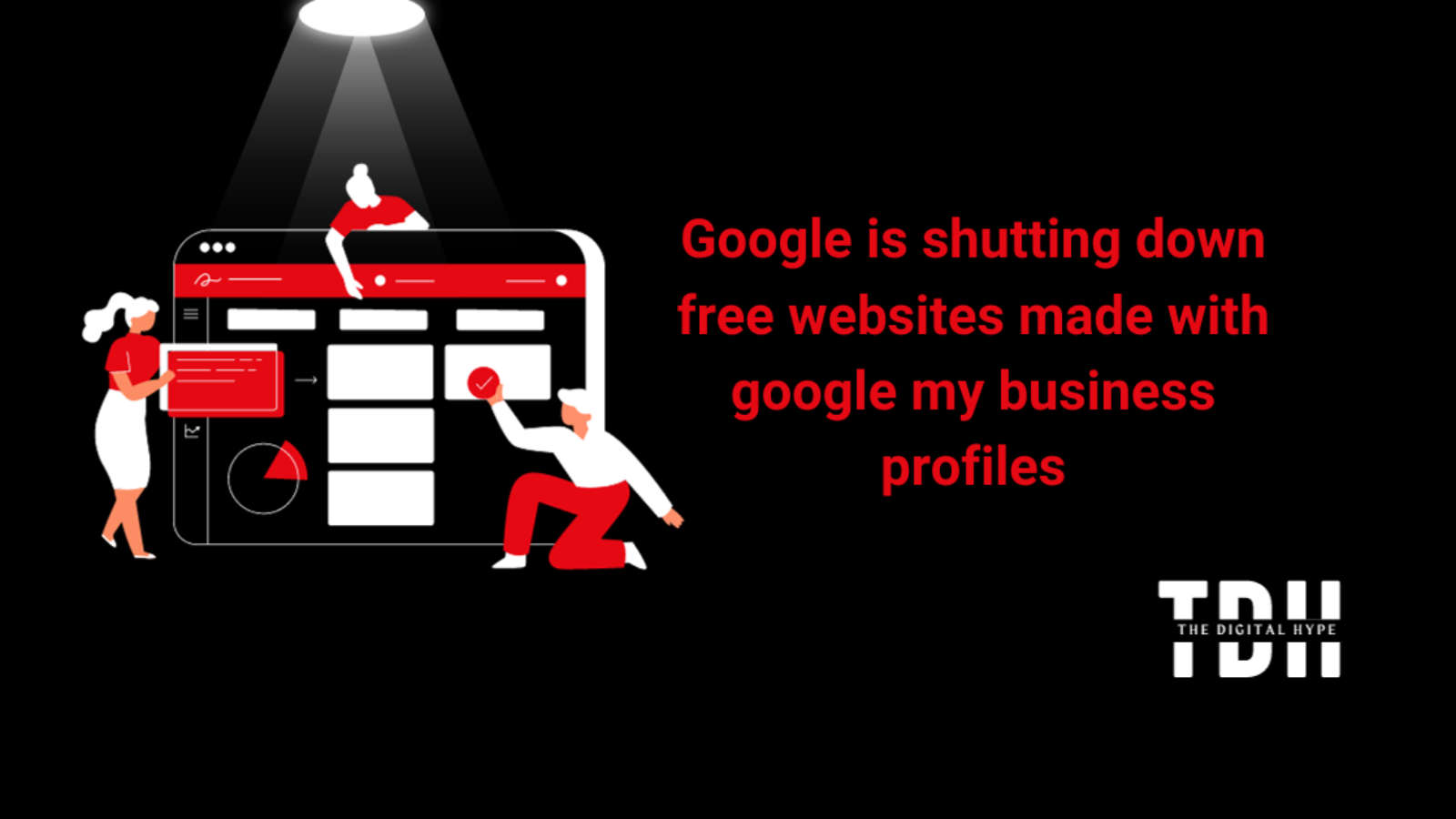Throughout this article, we will delve into various aspects of CTR, from understanding the metrics used to calculate it to its influence on search engine rankings and advertising costs. Additionally, we will explore the latest trends and best practices that can help marketers leverage CTR to its full potential.
CTR is a vital performance indicator that shapes the success of digital marketing endeavors. As the marketing landscape continues to evolve, staying well-versed with CTR and its implications is imperative for businesses aiming to thrive in the competitive online world. Let us embark on this journey of exploring CTR and its multifaceted impact on digital marketing strategies in 2023 and beyond.



